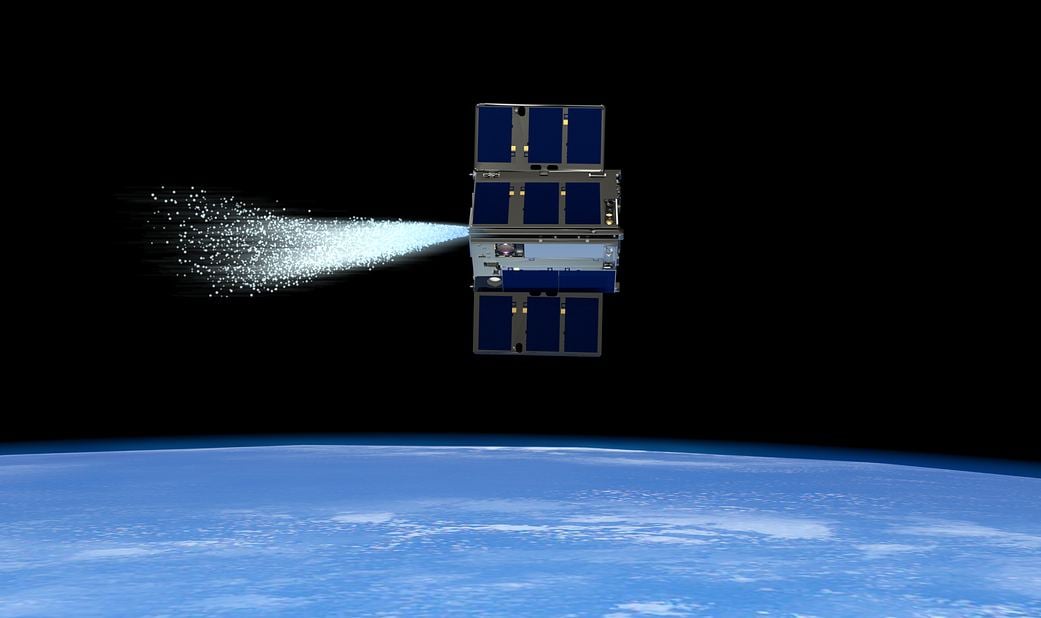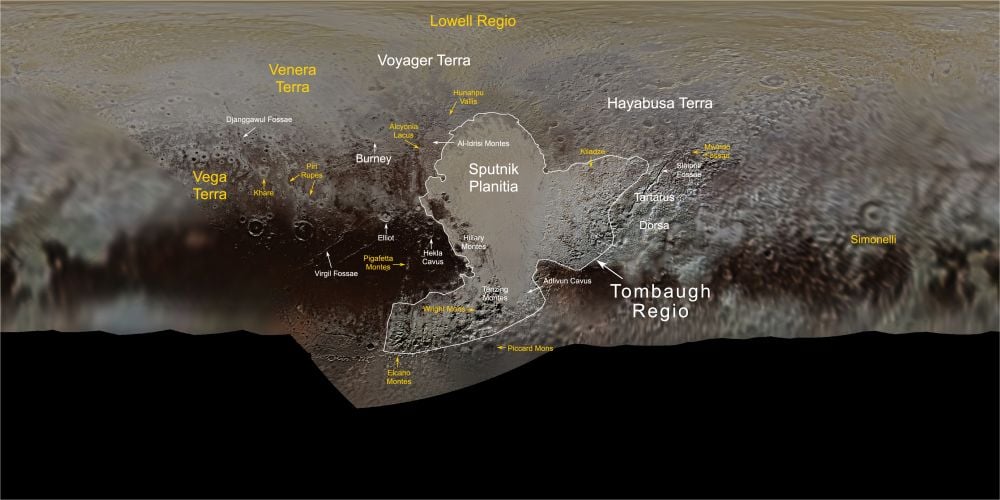
Continue reading

Continue reading

According to a new study by a team of Japanese researchers, gravitational wave detectors could be used to confirm the existence of a major Dark Matter candidate.
Continue reading

Continue reading

The ISRO dispatched their Vikram lunar lander towards the lunar surface today, but lost contact with it just before it was meant to touch down.
Continue reading

Continue reading

Continue reading

The ESA and NASA are getting closer to mounting the AIDA mission, which will will test the effectiveness of asteroid deflection in the coming years.
Continue reading

A recent image from the MRO shows rows of olivine-rich dunes in the Copernicus Crater on Mars, a feature that is quite rare here on Earth.
Continue reading

Continue reading

A team of scientists recently proposed an alternative to a Space Elevator - the "Spaceline", a tether that extends from the lunar surface into Earth's gravity well.
Continue reading

According to Musk's latest tweet, SpaceX's next rocket could be twice as big (and eight times the volume) as the Starship and Super Heavy!
Continue reading

Continue reading

A unique 3d printed telescope named the Analog Sky Drifter may spark a revolution in amateur telescope making.
Continue reading

Continue reading

In a new study, a pair Harvard scientists calculated how often interstellar objects could collide with our Moon, and how we might study them to learn more of what lies beyond our Solar System.
Continue reading

Continue reading

Continue reading

SpaceX just completed the second hop test of their Starship Hopper prototype, bringing the company one step closer to full-scale tests and commercial missions to the Moon and Mars!
Continue reading

Continue reading

According to a recent study presented at this year's Goldschmidt Geochemistry Congress, there may be exoplanets out there that are more habitable than Earth
Continue reading

Continue reading

Continue reading

The commercial delivery company Astriobiotic will be working with the ULA to send payloads to the Moon for NASA beginning in 2021.
Continue reading

Using data from the Spitzer Space Telescope, a team of astronomers was able to study the surface of an exoplanet orbiting a nearby red dwarf star for the first time.
Continue reading

Continue reading

A team of Caltech researchers developed a new method that shows what Earth would look like to extra-terrestrial observers, which could seriously aid in the hunt for habitable exoplanets.
Continue reading

A team of NASA scientists recently developed a series of machine learning algorithms that could help the Europa Clipper find life beyond Earth!
Continue reading

Continue reading

The ExoMars 2020 mission hit another snag recently when a high-altitude parachute test resulted in damage again to one of the mission's parachute canopies.
Continue reading

Continue reading

Continue reading

Continue reading

Continue reading

CEO Peter Beck of Rocket Lab recently announced that his company will begin retrieving the first stage of its Electron rocket with a helicopter.
Continue reading

Continue reading

Continue reading

Continue reading

An international team of astronomers led by the University of Tokyo used ALMA to view 39 previously-undiscovered ancient galaxies.
Continue reading

Continue reading

Continue reading

Continue reading

Continue reading

Continue reading

Continue reading

A new study by a pair of astronomers has shown that planets orbiting white dwarfs will still be emitting radio waves for up to a billion years.
Continue reading

Continue reading

According to a new analysis of LRO and MESSENGER data, the ice deposits on the Moon and Mercury could be even more plentiful than we thought.
Continue reading

A new study by an international team of scientists considers the possibility that dark matter might be "warm" instead of cold.
Continue reading

Continue reading

















































